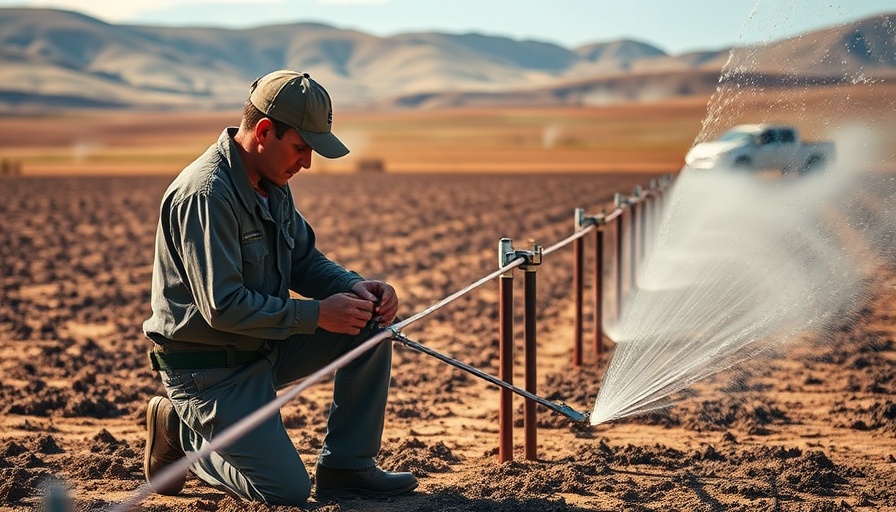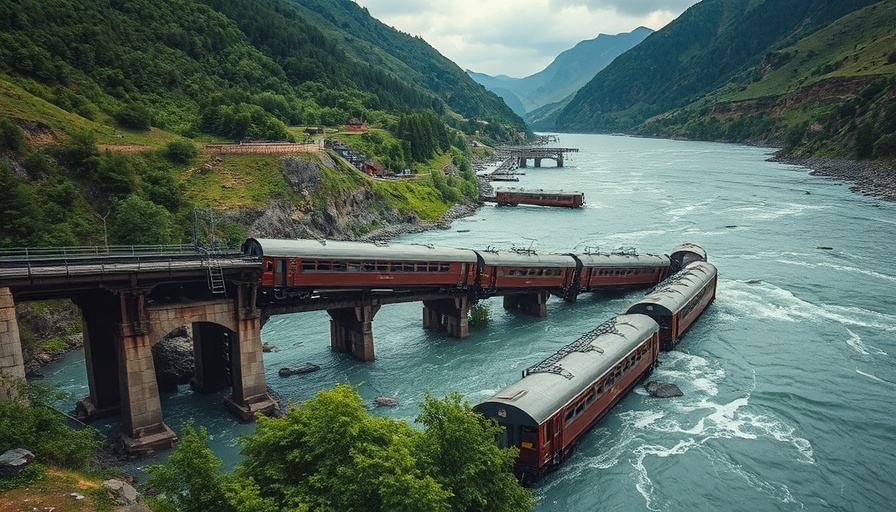
Understanding San Diego's Water Rate Increases
In an unexpected turn of events, San Diego County has reduced the anticipated wholesale water rate hike from 18% to 12% for the upcoming year. This decision, conveyed by county water officials, is primarily attributed to stronger-than-expected water sales, driven in part by a notably dry winter and spring. As residents and businesses brace for increases in their water bills, the revised rates should alleviate some concerns about affordability.
Impact of Seasonal Weather on Water Demand
The relationship between weather and water rate adjustments is crucial in understanding these hikes. The dry conditions experienced in recent months have led to a spike in demand for irrigation water, particularly for farmers and homeowners with expansive lawns. Previously estimated needs were significantly outpaced, jumping about 10% from 300,000 acre-feet to 327,000 acre-feet. This upswing in demand plays a pivotal role in the financial dynamics for the water authority.
Historical Context: Previous Rate Hikes
Last year’s projections painted a gloomy picture with anticipated hikes between 16% and 22%, resulting in a 14% increase after negotiations with city officials. The current year brings a different landscape, where much lower hikes are proposed, ranging from 7% to 14%. This shift highlights the responsiveness of water management to changing circumstances, particularly environmental factors that influence consumer behavior and agency costs.
The Role of Member Agencies in Water Pricing
Each local water agency's response will vary according to its wholesale water purchases and resources. Agencies equipped with groundwater storage or alternative water supplies may buffer their customers from severe price increases. However, those reliant on wholesale purchases are likely to face higher costs that will need to be passed down. Understanding these variations can help consumers gauge how much their own water bills might be affected in the wake of the upcoming increase.
Final Decisions Ahead: What to Expect Next
The water authority's board is expected to finalize rate adjustments at their upcoming June meeting, with any approved increases taking effect on January 1. As with any fiscal strategies, adjustments may be made before the final proposal is presented. Rate and debt manager Pierce Rossum indicated the figures could still be fine-tuned based on evolving financial data. For residents, this means staying informed on the board meetings and remaining engaged in local governance as changes unfold.
The Bigger Picture: Environmental Implications
As water rates are influenced by weather and demand, both residents and local agencies must recognize broader environmental implications. Continued dry spells could push water demand higher—consequently affecting rates in subsequent years. Strategies for conserving water and diversifying water sources are more critical now than ever, as San Diego navigates the complexities of climate variability.
Actionable Insights for Residents
What can you do as a resident facing potential rate increases? Engaging in water conservation practices not only helps mitigate individual bills but also supports community efforts to manage demand effectively. Simple actions like reducing irrigation, fixing leaks, and installing drought-tolerant landscaping can minimize water usage. Stay informed about local policies and advocate for sustainable water management policies that benefit all community members.
Ultimately, while the outlook for water rate hikes this year is less daunting than originally feared, it's prudent for every resident and local agency to remain proactive in managing demands on this precious resource.
 Add Row
Add Row  Add
Add 




Write A Comment